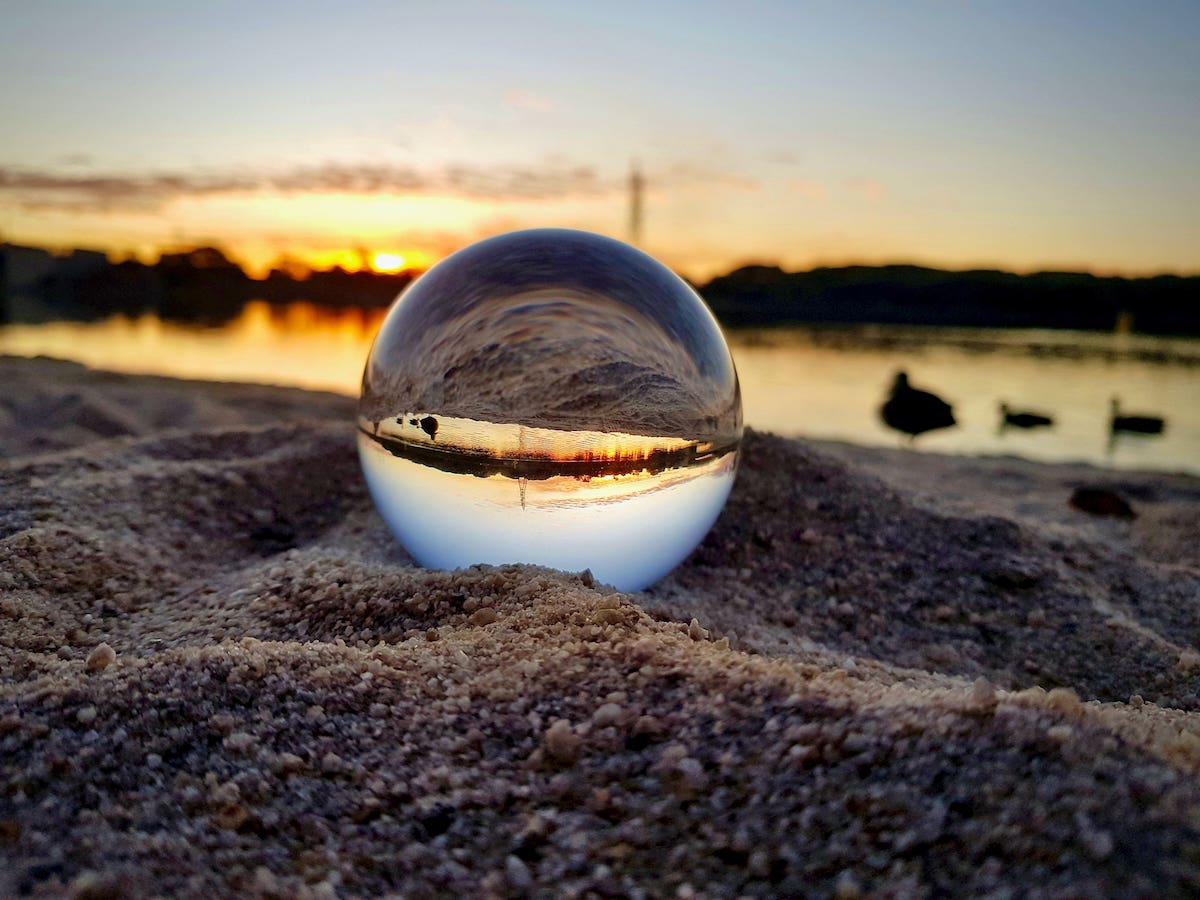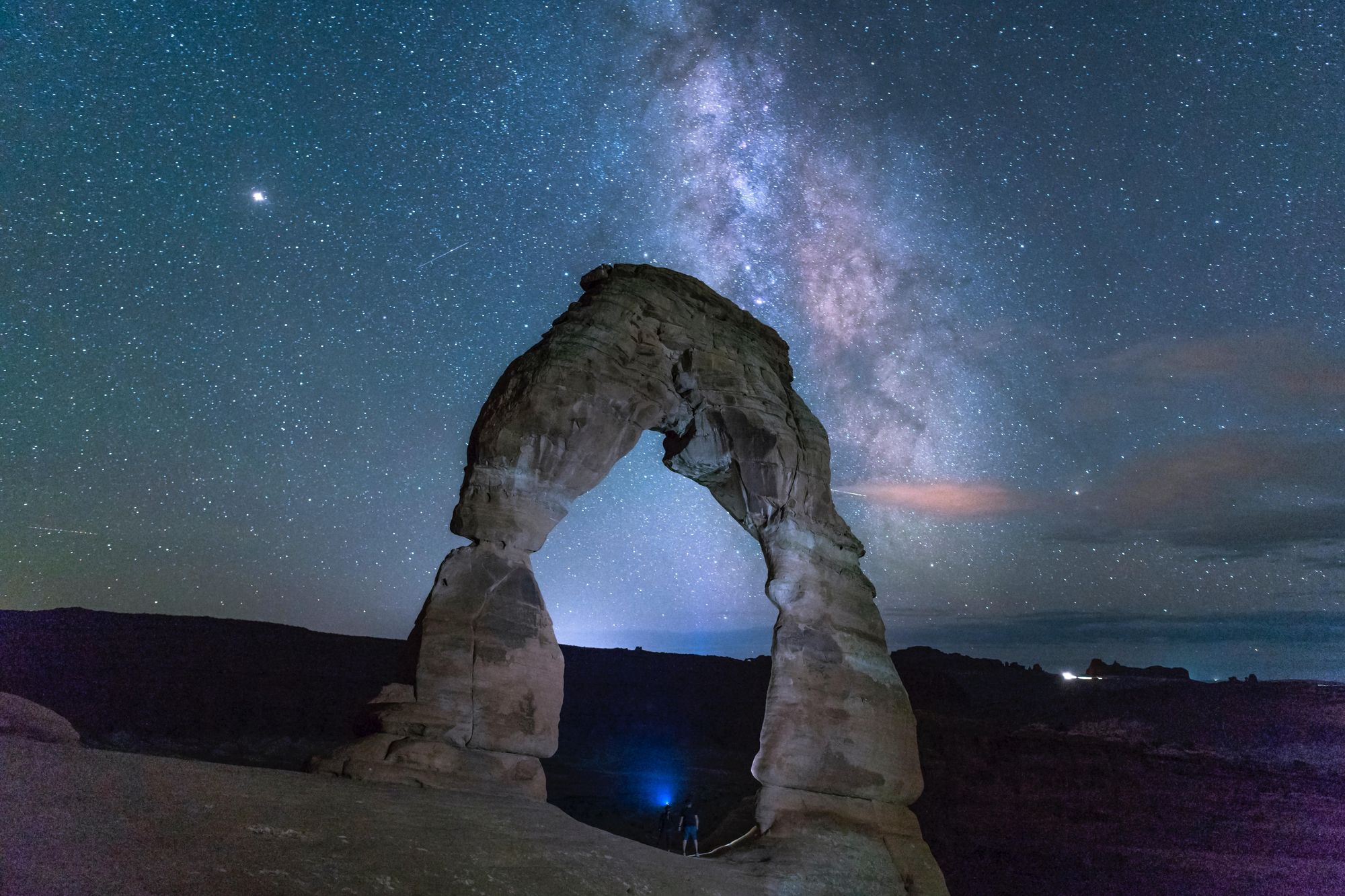Image Stabilization Explained – What It Is & 3 Essential Techniques to Use It
Rent film gear from local filmmakers.

Rent film gear from local filmmakers.
Image stabilization is a feature that has become more and more popular over the years, but do you know what it does?
Don't worry, because I'm here to help you learn everything you need to know about image stabilization and how it works. That includes situations where it's helpful, but also where it's not so helpful!
If you want to learn more about photography, consider reading our article on photography 101. Here you will learn all of the basics of photography!

What is image stabilization in photography?
Image stabilization (IS) is a feature included in some cameras and lenses, which reduces/removes blur caused by a shaky camera. The image stabilization counteracts the shake that's happening in real life.
If you're shooting in freehand, this feature is probably a godsend, as it is close to impossible to keep your hands still while shooting. That is unless you've got the stamina of a sled dog and the hands of a surgeon.
Benefits of image stabilization
- Reduces blur caused by shaky hands
- Reduced micro-movements noticeable in slow-motion recordings
- Reduces blur on moving subjects.
- Great for whenever you don't have a tripod in hand.
- Great in situations with a slow shutter speed
- Great for low light situations
2 Types of image stabilization
When talking about image stabilization, we typically talk about two kinds. Lens-based and In-camera.
Lens-based IS
Lens-based image stabilization is, as the name suggests. Image stabilization is built into the lens. It means that you're often dependent on your lens having IS, but it also means that the IS is explicitly made for that lens.
In some lenses, like super-telephoto lenses, the built-in image stabilization doesn't cut it properly.
In-camera IS
The In-camera image stabilization means that the IS is built into the camera. So regardless of what lens you use, you will have image stabilization. This is a great and affordable solution, as you won't have to spend extra on a lens-based IS.

3 Image stabilization techniques
There are different IS techniques, which depend on which camera you have.
We will go through the three other image stabilization techniques and the pros and cons of each one.
1. Optical image stabilization
Optical image stabilization is an IS that happens while you're shooting something and not after you're done shooting. It takes place within the lens or sensor.
Optical IS uses a built-in gyroscope to counteract the movement of the photographer's hand. The gyroscope reads the movements and subsequently adjusts the lens or the sensor.
Pros:
- Not limited by range
- It uses the full image sensor area
- It can be used in all resolutions
- Stabilization can be seen in the viewfinder
Cons:
- Makes the camera heavy
- Slower response time than the Electronic IS
- Expensive solution
- High power consumption
2. Electronic/digital image stabilization
Electronic image stabilization works similarly to Optical IS, but it doesn't require any physical components; it's all in the software.
The electronic IS can either function by digitally zooming whenever you take pictures or by using a large sensor and resizing the image area afterward.
Pros:
- Works faster than optical IS
- They are more compact and lightweight because there are no physical components.
Cons:
- It doesn't use the entirety of the sensor - meaning if you have a full-frame camera and use electronic IS, it will not take full-frame pictures.
- The resolution is reduced due to the digital cropping.
3. Multi-frame digital image stabilization
Multi-frame digital IS is a method that was developed for military drones. It has since been used in some cameras.
It works by looking at the motion that happens between the current and the previous frame. Some even look forward to the next frame.
Pros:
- Can stabilize larger movement that optical and electronic IS can not handle.
Cons:
- Doesn't work in real-time unless the processing power is high.

When to turn image stabilization off?
So now that you've read the benefits of using image stabilization, you might be considering having it turned on at all times.
But don't do that just yet!
There are situations where the image stabilization feature can hinder your work. The following situations are situations to consider whether IS is necessary.
When panning or for intentional motion
When you're following a moving subject through the motion of panning, image stabilization can ruin the motion blur effect that you are going for.
The image stabilization will make your motion blur, stutter, and look bad. The motion blur is an effect that makes your video look more life-like, and without it, your video will look more unrealistic.
Using IS will also ruin the effect of a handheld camera, for when you are recording a documentary or mockumentary project or just want to add intentional movement to your footage. This can take away the immersion you're trying to create for your audience.
When using a tripod for shooting
You've already got an image stabilizer if you're using a tripod. And that image stabilizer is the tripod itself. A tripod is a device used to stabilize a camera, and it's typically adjustable to different heights.
If you use IS with a tripod, it can counteract the natural stabilization your tripod is doing. This can cause your images to look like they're in motion when they're not.
You should go with a tripod if you're shooting indoors or in places with flat surfaces. So use it for portrait photography, landscape photography, or other types of photography where you're shooting at idle subjects.
If you want a tripod of your own, you can check out our article on the best tripods.
When your subject is moving
The image stabilization feature in your lens or camera is designed to stabilize the camera's motion. That means if your subject is in motion, it will not be stabilized by the IS.
If you're interested in catching subjects in motion but can't get the hang of it, you can read our article on action photography.
Here you'll learn everything you need to know about capturing subjects in motion and what equipment you'll need.
When your battery is running low
If your battery is running low, or you're generally having trouble with short battery life, one of the big sinners can be found in the image stabilization feature.
Image stabilization takes a lot of power, so if you're running out of 5tpower but still need to shoot, you should consider turning off your image stabilization. If most of your work relies on image stabilization, it's also good to consider carrying extra batteries.

Learn more. Go in-depth with photography
Hopefully, this article has cleared any confusion you had with the image stabilization feature, and you're ready to capture images right away!
If you're still not confident you know everything you need to know about capturing pictures, consider reading our article on photography 101. Here you will learn all of the basics of photography!
What is image stabilization?
Image stabilization is a feature that's included in some cameras and lenses, which reduces/removes blur caused by a shaky camera.
How does image stabilization work?
Optical image stabilization uses a built-in gyroscope to counteract the movement by the photographer's hand.
Electronic image stabilization functions by digitally zooming whenever you take pictures, or by using a large sensor and resizing the image area afterward.
Do you need image stabilization?
If you're shooting in freehand it's useful to use image stabilization. If you're panning, using a tripod, following a moving subject, or running low on battery, using image stabilization is a bad idea.
What does image stabilization do?
It reduces/removes blur caused by a shaky camera.






















